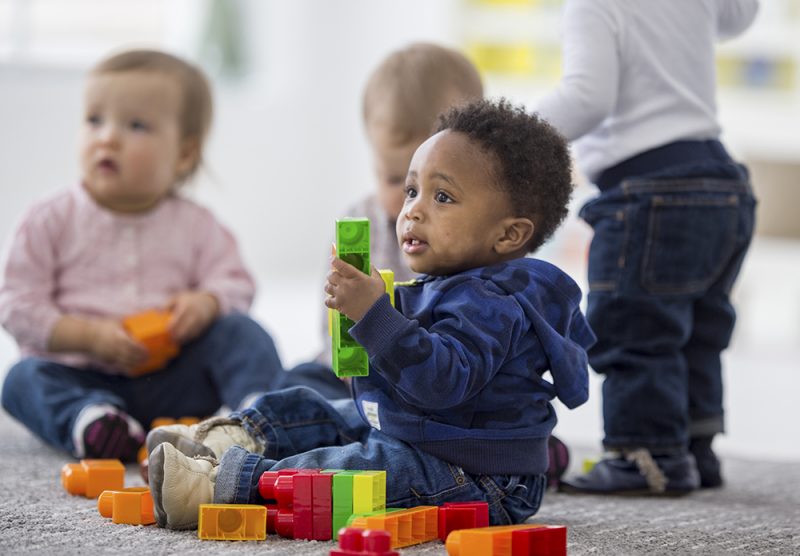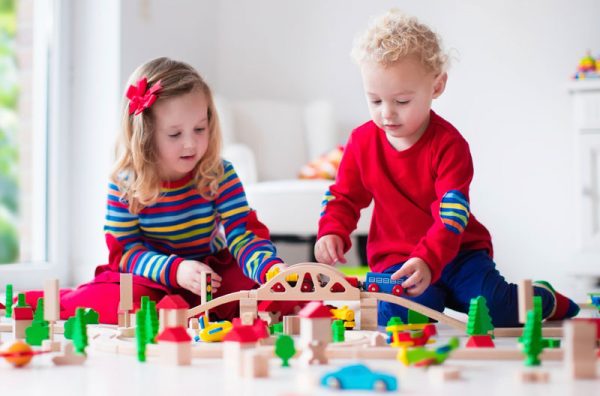 Toys are a treasured part of childhood that help us learn and have fun. But buying the right toy for a child includes thinking about safety issues.
Toys are a treasured part of childhood that help us learn and have fun. But buying the right toy for a child includes thinking about safety issues.
Tips for choosing safe toys
- Toys made of fabric should be labeled as flame resistant or flame retardant.
- Stuffed toys should be washable.
- Painted toys should be covered with lead-free paint.
- Art materials should say nontoxic.
- Crayons and paints should say ASTM D-4236 on the package, which means that they’ve been evaluated by the American Society for Testing and Materials.
Also, steer clear of older toys, even hand-me-downs from friends and family. Those toys might have sentimental value and are certainly cost-effective, but they may not meet current safety standards and may be so worn from play that they can break and become hazardous.
Make sure a toy isn’t too loud for your child. The noise of some rattles, squeak toys, and musical or electronic toys can be as loud as a car horn − even louder if a child holds it directly to his ears − and can contribute to hearing loss.
Safety checklist for infants, toddlers and preschoolers
 Always read labels to make sure a toy is appropriate for a child’s age. Guidelines published by the Consumer Product Safety Commission and other groups can help you make those buying decisions.
Always read labels to make sure a toy is appropriate for a child’s age. Guidelines published by the Consumer Product Safety Commission and other groups can help you make those buying decisions.
Still, use your own best judgment — and consider your child’s temperament, habits and behavior whenever you buy a new toy. You may think that a child who’s advanced in comparison to peers can handle toys meant for older kids, but the age levels for toys are determined by safety factors, not intelligence or maturity.
Here are some age-specific guidelines to keep in mind:
- Toys should be large enough − at least 1 ¼ inches (3 centimeters) in diameter and 2 ¼ inches (6 centimeters) in length − so they can’t be swallowed or lodged in the windpipe. You can use a toilet paper roll to determine if a toy is too small. If an object fits inside it then it’s too small for a young child.
- Avoid marbles, coins, balls and games with balls that are 1 ¾ inches (4.4 centimeters) in diameter or less because they can become lodged in the throat above the windpipe and restrict breathing.
- Battery-operated toys should have battery cases that secure with screws so little hands can’t pry them open. Batteries and battery fluid pose serious risks, including choking, internal bleeding and chemical burns.
- When checking a toy for a baby or toddler, make sure it’s unbreakable and strong enough to withstand chewing. Also, make sure it doesn’t have:
- sharp ends or small parts like eyes, wheels or buttons that can be pulled loose
- small ends that can extend into the back of the mouth
- strings longer than 7 inches (18 centimeters)
- parts that could become pinch points for small fingers
- Most riding toys can be used once a child is able to sit up well while unsupported, but check the manufacturer’s recommendation. Riding toys like rocking horses and wagons should come with safety harnesses or straps and be stable and secure enough to prevent tipping.
- Hand-me-down and homemade toys should be carefully evaluated. They may not have undergone testing for safety. Do not give your infant painted toys made before 1978; they may have paint that contains lead.
- Stuffed animals and other toys that are sold or given away at carnivals, fairs and in vending machines are not required to meet safety standards. Check carnival toys carefully for loose parts and sharp edges before giving them to your infant.
If you have any doubt about a toy’s safety, err on the side of caution and do not allow your child to play with it.










